The favorite games of BUD/S instructors that SEAL candidates suffer through
- By Frumentarius
Share This Article
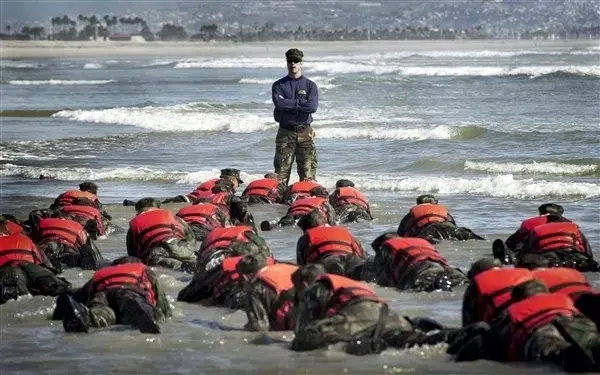
One of the more enduring truisms hammered into Navy SEAL trainees during Basic Underwater Demolition/SEAL (BUD/S) training is, “It pays to be a winner.” From day one of training, Navy SEAL instructors love to remind trainees of this eternal fact of BUD/S life. When it comes to completing physical evolutions, it benefits trainees to finish first. The first swim pairs, or runners in the weekly timed runs, or sandy, soaking students to make it back from “hitting the surf,” are usually rewarded with – at a minimum – extra time to rest, stretch, drink water, and recover.
Conversely, the last to finish in those events are often relegated to the shame and physical punishment of the “Goon Squad.” The consequences of relegation to the Goon Squad are zero time to rest and recover, no water, and a sentence of some undetermined amount of time “paying the man” for being last – and of course, the shame. Paying the man usually entails rigorous and painful physical conditioning drills imposed by the instructors while the winners stand by and watch, all the while trying to suppress feelings of relief, superiority, sympathy, and fear of the next race.
It is a brutal world, BUD/S.
When it really pays to be a winner is in the many games and races in which students are forced by instructors to participate. These are not the official, timed evolutions, but rather, non-official and spontaneous non-lethal versions of the Hunger Games. The students know this, of course, so they compete in these races or games with a determination likely similar to that of Olympic athletes. The difference is, at the end of the race there is no medal, but instead, a reward of non-punishment. And that reward is so worth the effort, let me tell you. Every minute at BUD/S spent not getting physically abused by the instructors is a minute that the students are closer to successfully graduating.
Related: Accounts of daily life with the Delta Force through 18 months of global training
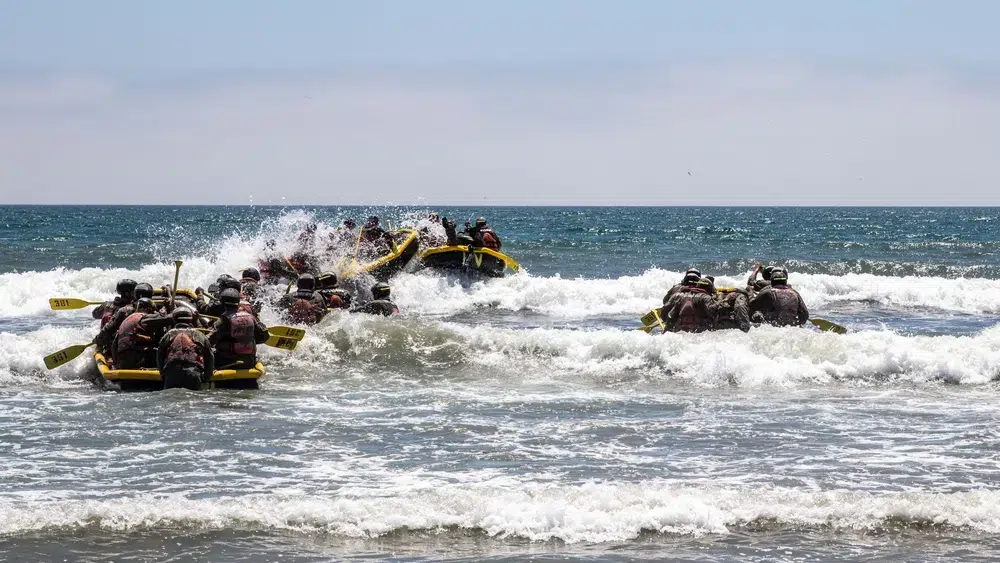
One of the more frequent games imposed on students at BUD/S is boat races. These involve a boat crew of students paddling their Combat Rubber Raiding Craft as fast as possible over some instructor-determined distance, to see which crews win. The race might be down a mile-long stretch of beach, or around the near-entirety of Coronado Island during Hell Week, or it might be the crews paddling out through the surf zone, past the breakers, where they have to flip their boat, get back in, and then paddle back to shore. And every time, it pays to be a winner.
Another favorite game is foot races between two or more trainees, or maybe even the entire class. BUD/S instructors are a creative lot. I remember one time we were out training in the desert mountains of La Posta, California, during which an instructor saw a particularly imposing, pebbly, and steep hillside. He halted whatever it was we were doing at the time, and commenced a game of Who Can Climb the Hill (and Return) the Fastest.
You have never seen a group of 30 dudes work harder to sprint up a hill – many on all fours given how steep it was – and then careen wildly down the same hillside to be first. Some simply lost all footing and rolled down like rag dolls. Others sprinted down the hill at breakneck speed and somehow kept their footing. The latter were usually the winners, and boy did it pay to avoid the ranks of the losers on that one. The physical punishment afterward was legendary and grueling.
Another type of foot race we were indentured into was a kind of combat hill run that was reserved mainly for this author and then-Petty Officer Adam Brown (who is the subject of the book Fearless). For whatever reason, the first time that Adam and I did that foot race, we tried to physically restrain each other from finishing first. It was like a simultaneous sprint-wresting match, which cracked up the instructor cadre to no end. Big mistake, entertaining the instructors. As a consequence, we had to do that race some five times over the next couple of days, until they tired of it. The memory of the pain is such a blur that I do not even remember who won or lost most of the races. It was painful.
Related: New Navy report reveals rare SEAL training attrition data
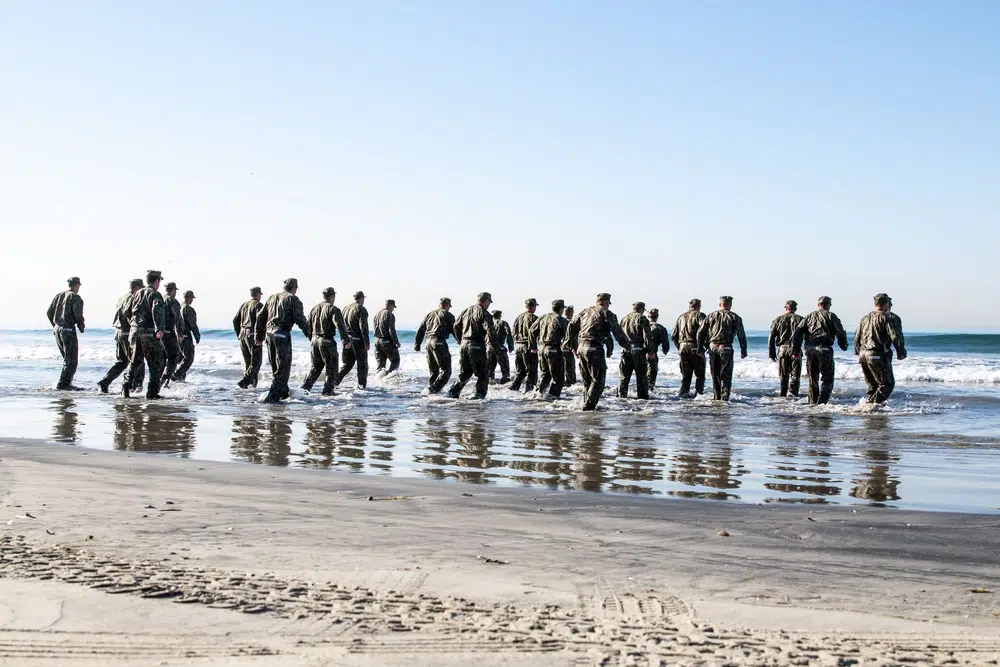
While I have heard stories from other BUD/S classes about trainees being forced in Hell Week to participate in various team sports on the beach sand, we were never that lucky in my class. The main Hell Week games I remember were the long paddle races, many foot races of various distances, a tightrope game in which trainees had to make it across a braided rope that spanned a huge mud pit, and a game involving who could keep one’s eyes open the longest. The latter game was probably the hardest in all of BUD/S, given that we were on Thursday of Hell Week and suffering through four days of no sleep at that point. I lasted about 25 seconds before falling asleep on the beach sand. The next thing I remember is an instructor yelling in my face that I had lost the game and to get up. To this day, I have no idea how long I was out before he woke me up.
Finally, some of the games were repetitive in nature. One such, at San Clemente Island during Third Phase of BUD/S (the last phase of selection), involved all of the students doing a combination of a roughly 200-yard sprint up and down a hill, then some combination of push-ups, pull-ups, and sit-ups. We would keep repeating the cycle as winners were peeled off after each round and allowed to go eat. The final handful of students remaining (the Goon Squad) all got a shorter dinner and some physical punishment. It pays to be a winner, after all.
While all of these races and games might sound like they were fun, I can assure you, dear reader, that they were not. We were in a race for our lives (we felt), and at the time, it seemed like each and every race would determine our future success in BUD/S. I can honestly say I am glad to have survived the ordeal.
Read more from Sandboxx News
- Garrett STAMP – The Marines nearly got a weird flying jeep during the Cold War
- Appearance is everything in the age of digital warfare
- F-35 versus A-10 showdown revived as new documents come to light
- SR-72? Hints of a new Skunk Works spy plane reignite rumors of a Blackbird successor
- The Tavor rifle was made for the Israeli military’s unique situation – Service rifles from around the world
Related Posts
Sandboxx News Merch
-

‘Sandboxx News’ Dad Hat
$27.00 Select options This product has multiple variants. The options may be chosen on the product page -

‘AirPower’ Golf Rope Hat
$31.00 Select options This product has multiple variants. The options may be chosen on the product page -

F-35 ‘Lightning’ Framed Poster
$45.00 – $111.00 Select options This product has multiple variants. The options may be chosen on the product page
Frumentarius
Frumentarius is a former Navy SEAL, former CIA officer, and currently a battalion chief in a career fire department in the Midwest.
Related to: Special Operations
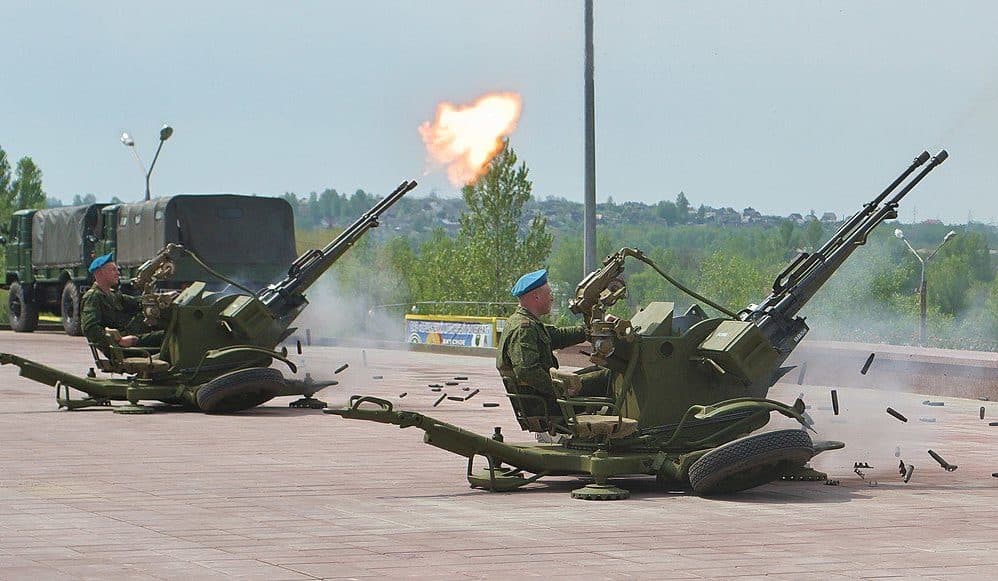
A Green Beret remembers his favorite foreign weapons
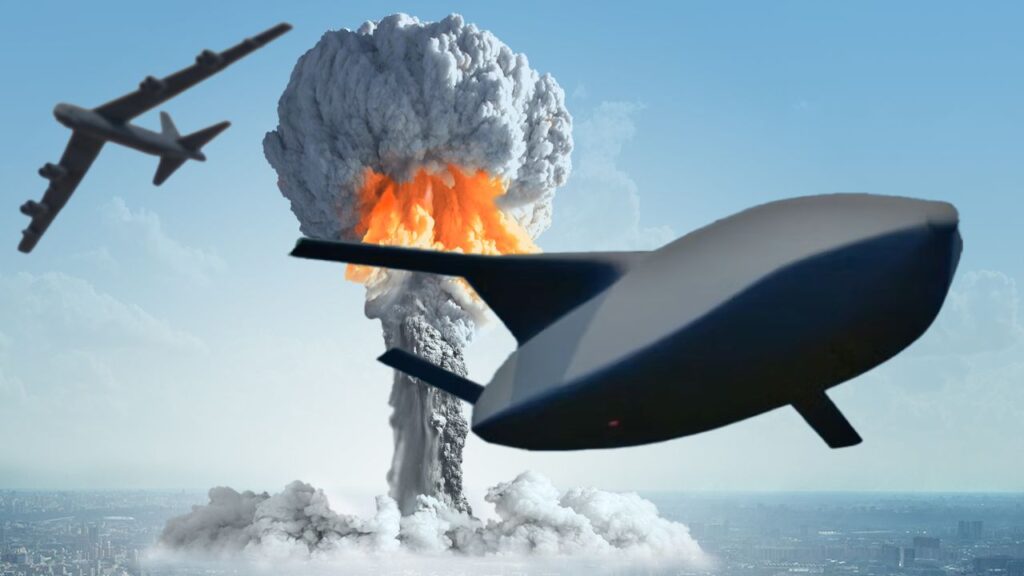
The AGM-181 LRSO missile will modernize America’s nuclear triad
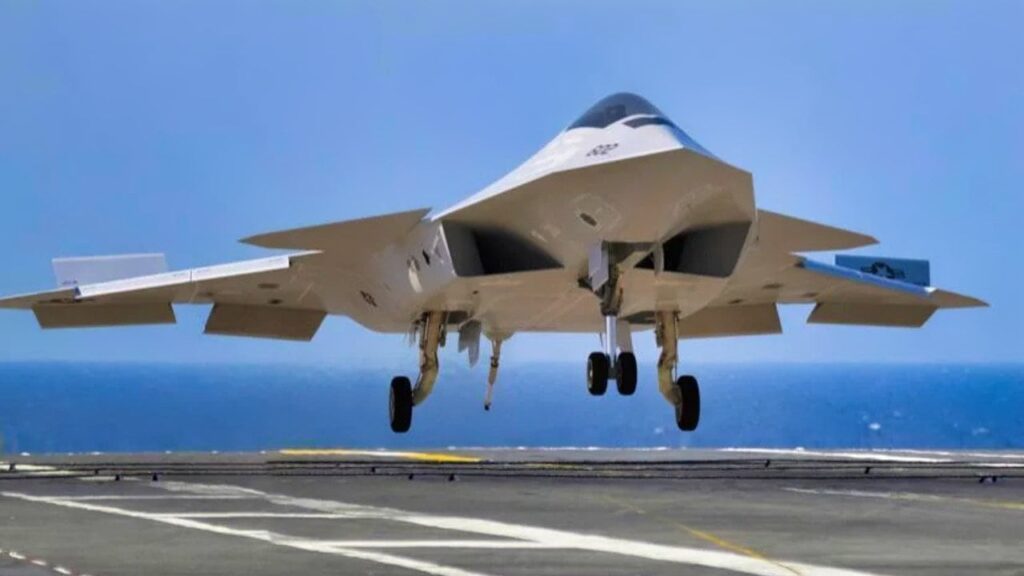
Navy will soon announce the contract award for its F/A-XX 6th-generation jet, according to reports
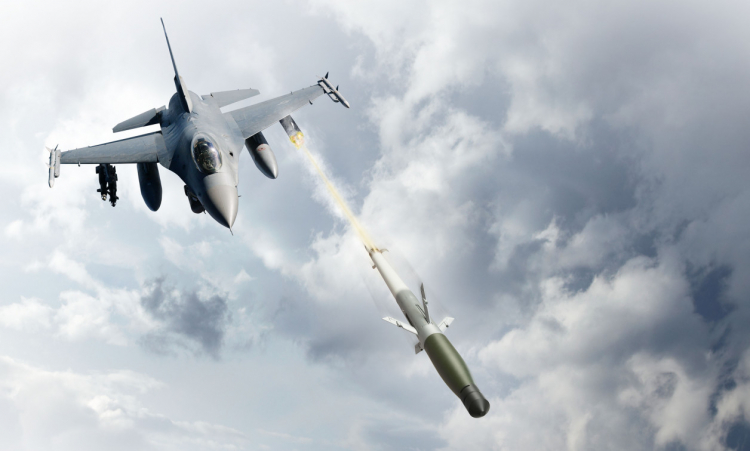
America’s new air-to-air missile is a drone’s worst nightmare
Sandboxx News
-

‘Sandboxx News’ Trucker Cap
$27.00 Select options This product has multiple variants. The options may be chosen on the product page -

‘AirPower’ Classic Hoodie
$46.00 – $48.00 Select options This product has multiple variants. The options may be chosen on the product page -

‘AirPower’ Golf Rope Hat
$31.00 Select options This product has multiple variants. The options may be chosen on the product page -

‘Sandboxx News’ Dad Hat
$27.00 Select options This product has multiple variants. The options may be chosen on the product page
